Collaborators
Zhanar Berikkyzy , Anton Bernshteyn
, Anton Bernshteyn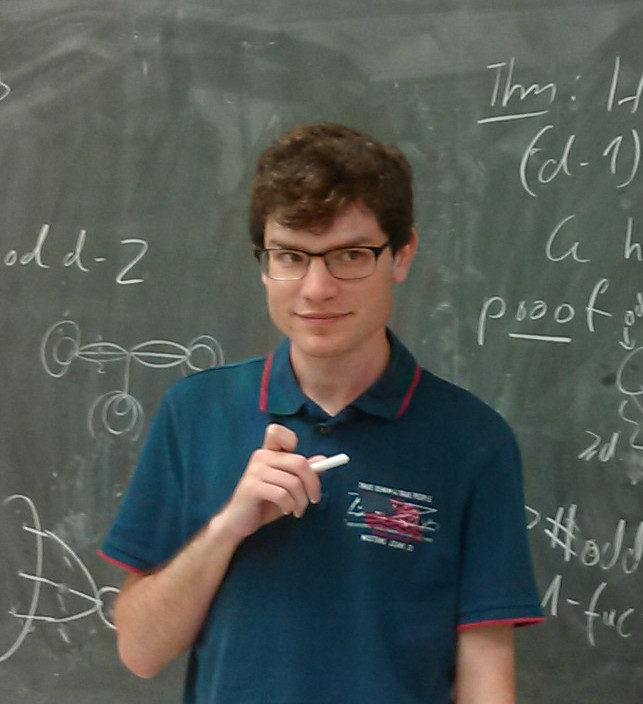 , Beth Bjorkman
, Beth Bjorkman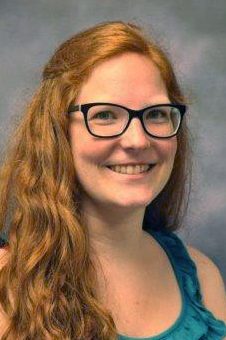 , Axel Brandt
, Axel Brandt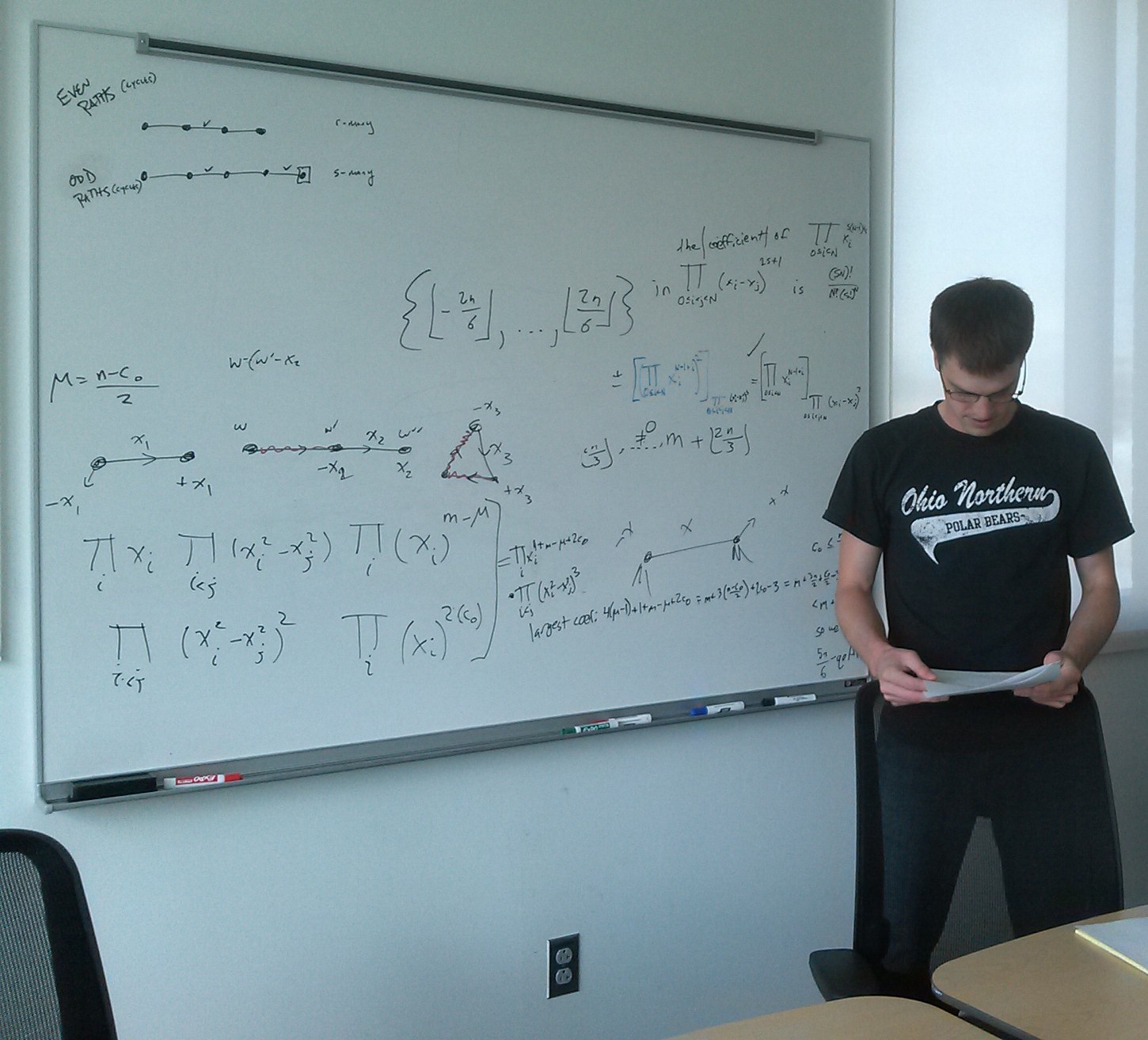 , Garner Cochran
, Garner Cochran , Joshua Cooper
, Joshua Cooper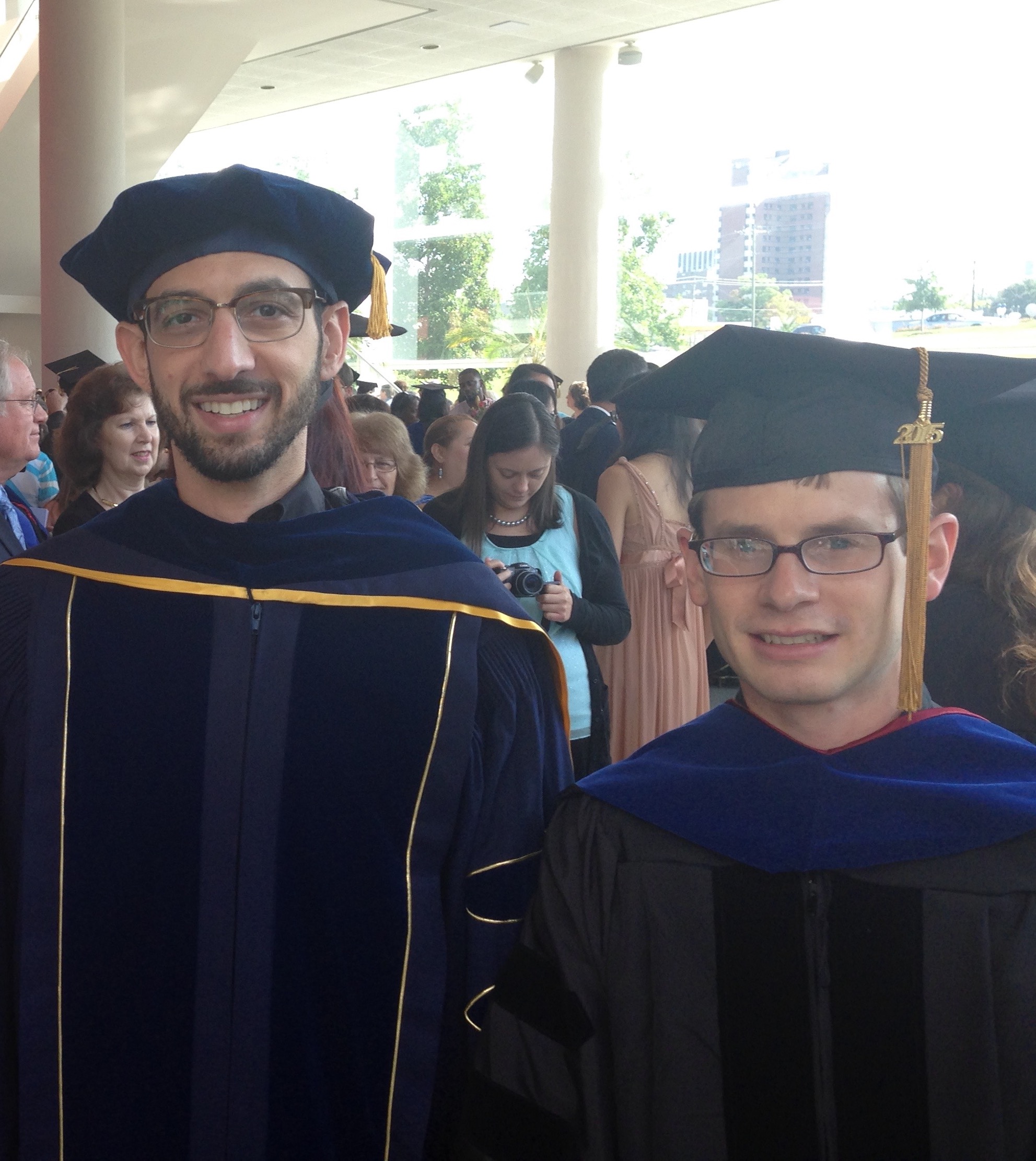 , Wei Gao
, Wei Gao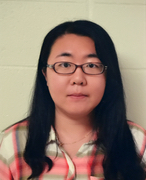 , Sylvia Hobart
, Sylvia Hobart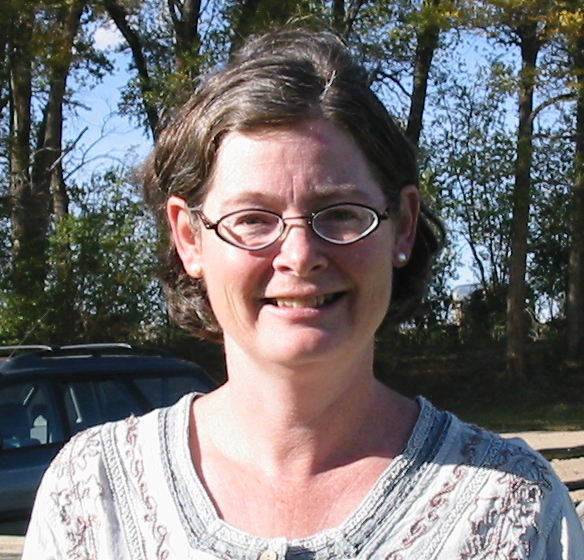 , Sogol Jahanbekam
, Sogol Jahanbekam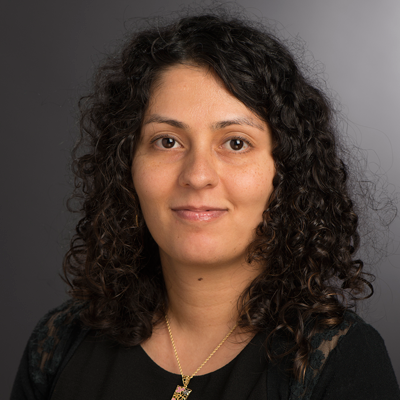 , Bill Kay
, Bill Kay , Lauren Keough
, Lauren Keough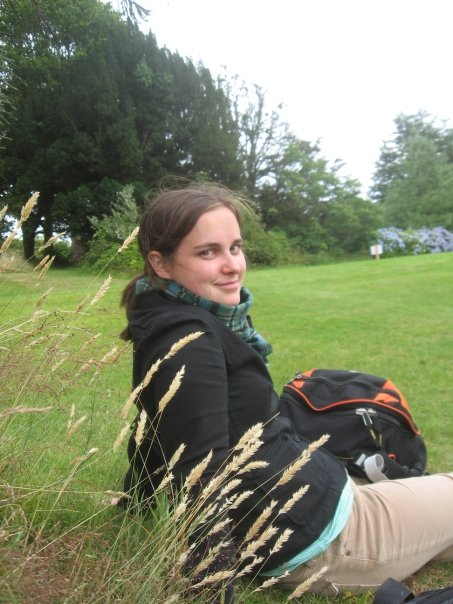 , Omid Khormali
, Omid Khormali , Rachel Kirsch
, Rachel Kirsch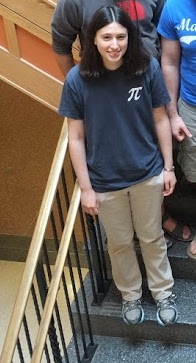 , Victor Larsen
, Victor Larsen , Ryan Martin
, Ryan Martin , Brent McKain
, Brent McKain , Kevin Moss
, Kevin Moss , Mitch Phillipson
, Mitch Phillipson , Jonathan Rollin
, Jonathan Rollin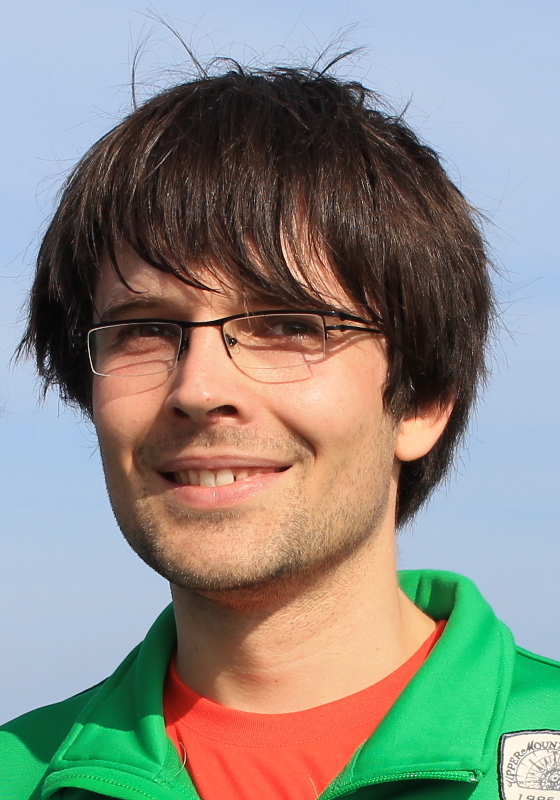 , Songling Shan
, Songling Shan , Heather Smith
, Heather Smith , Claude Tardif
, Claude Tardif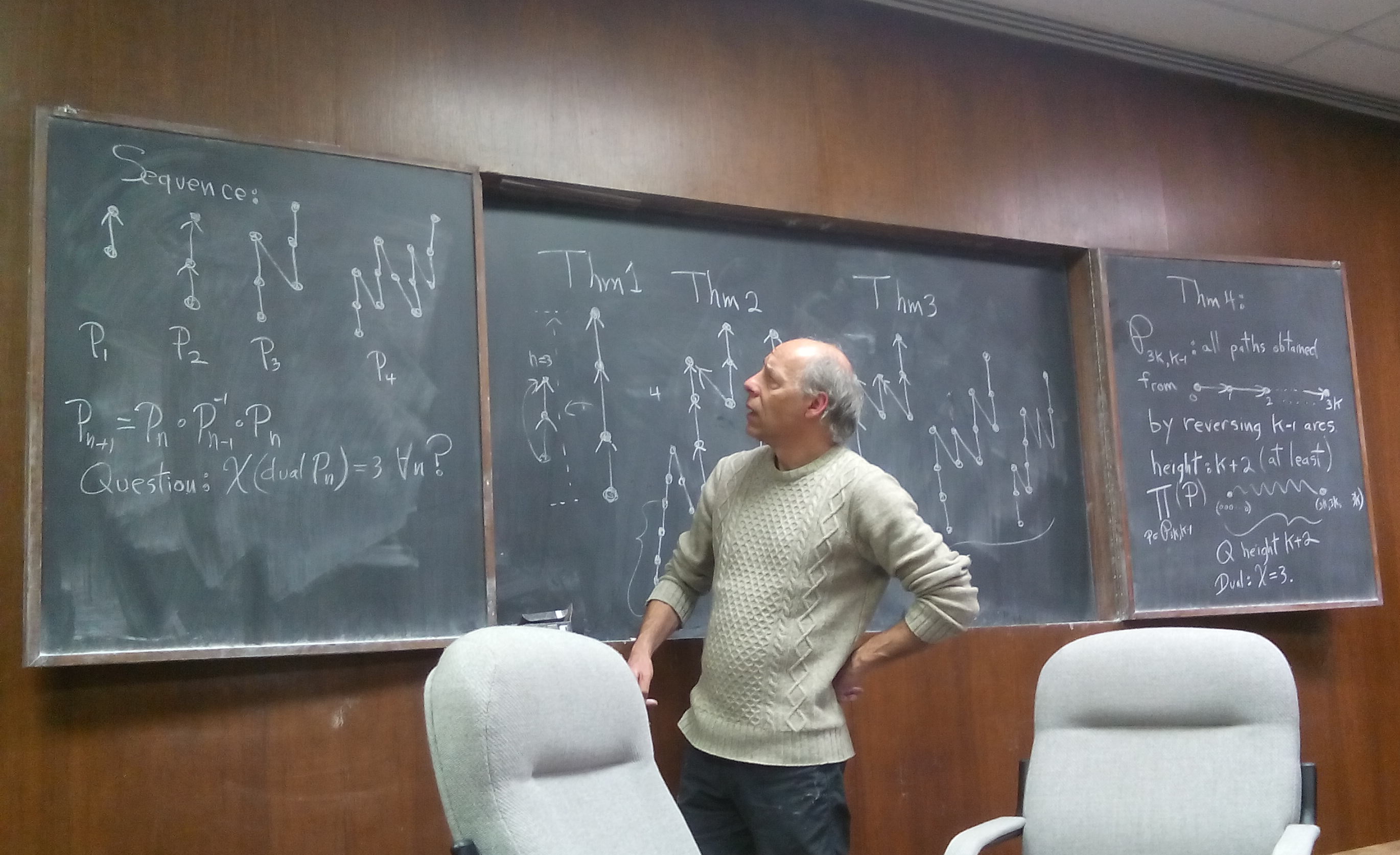 , David Wehlau
, David Wehlau , Andrew Uzzell
, Andrew Uzzell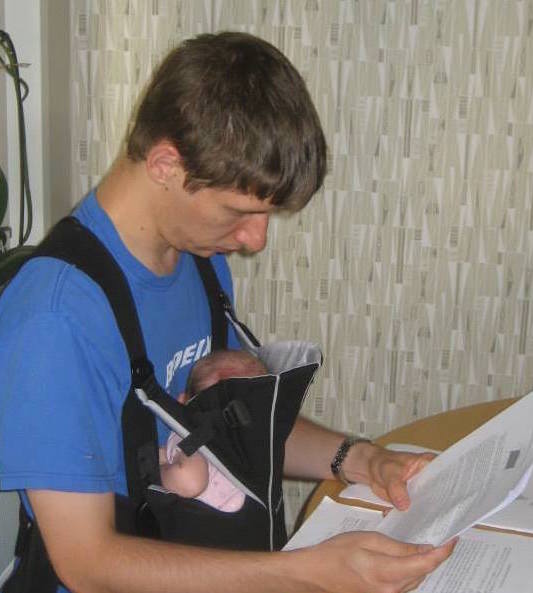 , Jennifer Wise
, Jennifer Wise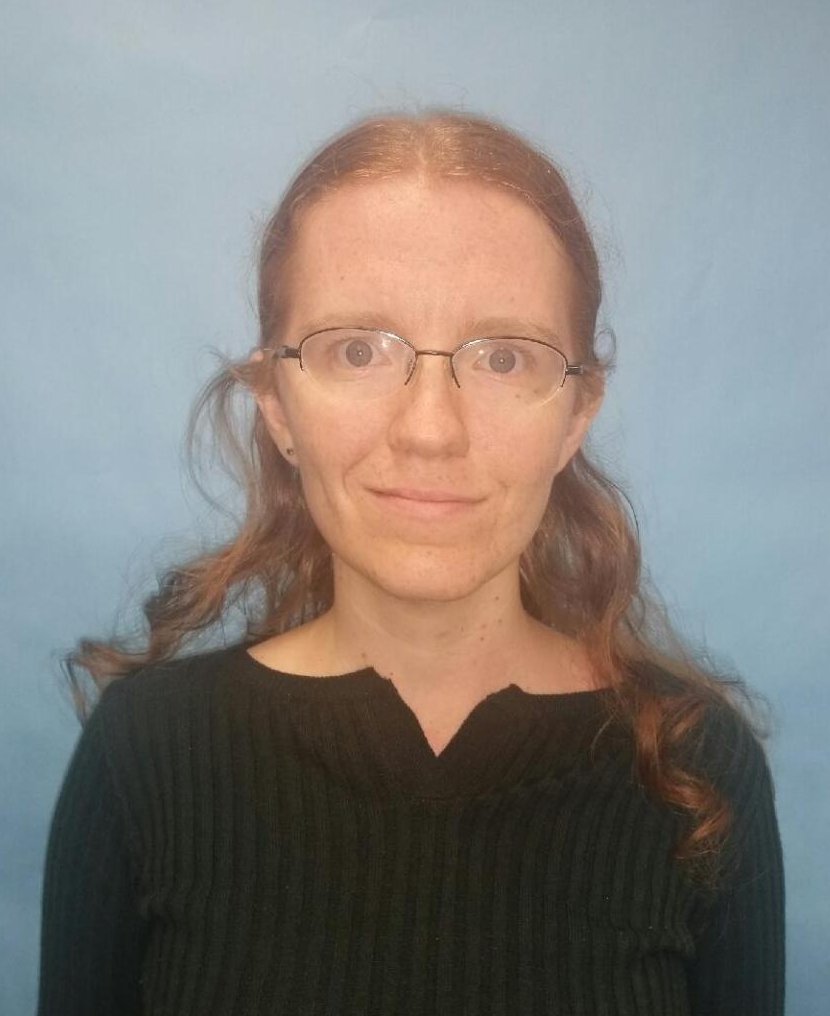 , Imed Zaguia
, Imed Zaguia
Papers
- Published
- (with Cooper) "Density dichotomy in random words." Contributions to Discrete Mathematics 13:1 January 2018. [CDM; arXiv]
- (with Tardif, Wehlau) "Logical compactness and constraint satisfaction problems." Logical Methods in Computer Science 13:1:1:1--11, January 2017. [LMCS; arXiv]
- (with Cooper) "Asymptotic Density of Zimin Words." Discrete Mathematics & Theoretical Computer Science 18:3#3, March 2016. [DMTCS; arXiv]
- "Toward the Combinatorial Limit Theory of Free Words." University of South Carolina Dissertation, August 2015. [arXiv]
- (with Cooper) "Bounds on Zimin Word Avoidance." Congressus Numerantium 222:87--95, 2014. [arXiv]
- Under Revision
- (with Bernshteyn, Khormali, Martin, Rollin, Shan, Uzzell) "Regular colorings of regular graphs." [arXiv]
- Submitted
- (with Berikkyzy, Brandt, Jahanbekam, Larsen) "Antimagic Labelings of Weighted Graphs." [arXiv]
- (with Bjorkman, Cochran, Gao, Keough, Kirsch, Philipson, Smith, Wise) "\(k\)-foldability of words." [arXiv]
- "A bound on a convexity measure for point sets." [arXiv]
- "Graph domination-saturation." [arXiv]
- In Preparation
- (with Berikkyzy, Bjorkman, Hobart, Jahanbekam, Kay, Keough, McKain, Moss, Shan, Smith) "Triangle-distinct graphs."
- (with Tardif, Wehlau, Zaguia) "Iterated arc graphs." [arXiv]
- Other
- "Arabic Influence on the Spanish Language." Undergraduate senior research paper, Seattle Pacific University, May 2010. [pdf]
- "Collatz Generalized." Undergraduate senior research paper, Seattle Pacific University, May 2010. [pdf]
Invited Talks (
show abstracts)
- "Graph domination-saturation" (50 min). Combinatorics, Algebra, and Topology Seminar, United States Naval Academy, Annapolis. 23 April 2018. [seminar schedule]
- "Combinatorial Nullstellensatz in Graph Theory" (20 min), Special Session on Advanced Techniques in Graph Theory. AMS Sectional Meeting, University of Buffalo. 17 September 2017. [program listing]
- "Bridging Logic and Constraint Satisfaction with Relational Structures and Filters" (60 min). Logic and Combinatorics Seminars (combined), McGill University. 4 November 2016.
- "Antimagic Graphs and Combinatorial Nullstellensatz" (60 min). Graduate Seminar, University of Colorado Denver. 29 September 2014.
- "Collatz Generalized: An Expansion of the \(3x + 1\) Problem" (25 min). 11th Carolina Math Seminar, Benedict College. 2 February 2012. [video]
Invited Talks (
hide abstracts)
- "Graph domination-saturation" (50 min). Combinatorics, Algebra, and Topology Seminar, United States Naval Academy, Annapolis. 23 April 2018. [seminar schedule]
Graph \(G\) is \(F\)-saturated if \(G\) contains no copy of graph \(F\) but any edge added to \(G\) produces at least one copy of \(F\). One common variant of saturation is to remove the former restriction: \(G\) is \(F\)-semi-saturated if any edge added to \(G\) produces at least one new copy of \(F\). In this paper we take this idea one step further. Rather than just allowing edges of \(G\) to be in a copy of \(F\), we require it: \(G\) is \(F\)-dominated if every edge of \(G\) is in a copy of \(F\). It turns out that there is smooth interaction between domination and semi-saturation, which opens for investigation a natural analogue to saturation numbers. Therefore we present preliminary domination-saturation theory and structural bounds for the domination-saturation numbers of graphs. We also establish asymptotic domination-saturation densities for cliques and paths, and upper and lower bounds (with small gaps) for cycles and stars. [arXiv:1801.04250]
- "Combinatorial Nullstellensatz in Graph Theory" (20 min), Special Session on Advanced Techniques in Graph Theory. AMS Sectional Meeting, University of Buffalo. 17 September 2017. [program listing]
Combinatorial Nullstellensatz is an algebraic technique developed by Alon and Tarsi in 1992. Alon named this method in 2001 when he demonstrated its applicability to a wide range of problems in additive number theory and graph theory. This is an early instance of what is now called the Polynomial Method, a general approach for applying algebraic geometry to solve problems in discrete mathematics. Roughly speaking, by strategically associating a discrete structure or configuration with a polynomial, one can utilize algebraic properties of the Nullstellen (zero locus). This talk will focus on graph theoretic applications of Combinatorial Nullstellensatz, especially to guarantee the existence of particular subgraphs or labelings.
- "Bridging Logic and Constraint Satisfaction with Relational Structures and Filters" (60 min). Logic and Combinatorics Seminars (combined), McGill University. 4 November 2016.
Relational structure \(\mathbb{A}\) is compact provided for any structure \(\mathbb{B}\) of the same signature, if every finite substructure of \(\mathbb{B}\) has a homomorphism to \(\mathbb{A}\) then so does \(\mathbb{B}\). The Constraint Satisfaction Problem (CSP) for \(\mathbb{A}\) is the computational problem of determining whether finite structures have homomorphisms into \(\mathbb{A}\). We explore a connection between the hierarchy of logical axioms and the complexity hierarchy of CSPs: It appears that the complexity of the CSP for \(\mathbb{A}\) corresponds to the strength of statement "\(\mathbb{A}\) is compact" as an axiom. At the top, the statement "\(K_3\) is compacts" is logically equivalent to the compactness theorem. Thus the compactness of \(K_3\) implies the compactness of all other finite relational structures. Moreover, the CSP for \(K_3\) is NP-complete. At the bottom are the width-one structures; these are provably complete with only ZF and their corresponding CPSs are polynomial-time solvable.
This is joint work with Claude Tardif and David Wehlau, arXiv:1609.05221 [math.LO].
- "Antimagic Graphs and Combinatorial Nullstellensatz" (60 min). Graduate Seminar, University of Colorado Denver. 29 September 2014.
A graph with m edges is antimagic provided there exists a labeling of the edges with distinct integers from \(\{1,2,\ldots,m\}\) such that, when each vertex is assigned the sum of the labels of its incident edges, no two vertex sums are equal. In 1990, Hartsfield and Ringel conjectured that every simple connected graph aside from \(K_2\) is antimagic. In the last few years, a technique by Alon called Combinatorial Nullstellensatz, has been used in proving several results in the direction of this conjecture. Led by Jahanbekam, a team from the Rocky Mountain-Great Plains Graduate Research Workshop in Combinatorics has made great strides in this problem toward the conjecture. The heart of this talk is a demonstration of our particular use of Combinatorial Nullstellensatz.
- "Collatz Generalized: An Expansion of the \(3x + 1\) Problem" (25 min). 11th Carolina Math Seminar, Benedict College. 2 February 2012. [video]
The focus of this 2010 undergraduate research project is a generalization of the Collatz conjecture, an unsolved number theory problem involving the "\(3x+1\) function" on the positive integers: if \(x\) is odd then \(C(x) = 3x + 1\); if \(x\) is even then \(C(x) = \frac{x}{2}\). The Collatz conjecture is that, given any positive integer \(x\), the infinite sequence \(\{x,C(x),C(C(x)),\ldots\}\) -- the trajectory of \(x\) -- contains the number \(1\). Although the conjecture has been proven for \(x\) up to at least \(10^{17}\), it remains unproven for all positive integers.
This project investigates the problem within a broader context of the following "\(Ax+B\) function": if \(x\) is odd then \(C(x) = Ax + B\); if \(x\) is even then \(C(x) = \frac{x}{2}\). Under this wider scope, the project explores the relationships between \(A\), \(B\) and \(x\) and whether a trajectory contains \(1\), loops without reaching \(1\), or is unbounded with no positive integer occurring twice. Understanding these relationships may help to shed light on why the trajectory of every positive integer under the \(3x+1\) function contains \(1\), if such is in fact the case.
Citations
- D. Conlon, J. Fox, & B. Sudakov. "Tower-type bounds for unavoidable patterns in words." [arXiv]
- J. Connor. "A Self-Referential Property of Zimin Words." [arXiv]
- N. Mhaskar & M. Soltys. "Forced Repetitions over Alphabet Lists." [pdf]
- W. Rytter & A. Shur. "Searching for Zimin patterns." Theoretical Computer Science 571:50--57, March 2015.
- S. Thomas, "Talk and Tradition: Connections between Language and Culture in Igboland." [Academia]
Research Workshops and Summer Schools (Fully-funded Participant)
- Argonne Training Program on Extreme-Scale Computing (ATPESC)
August 2018, Q Center, St. Charles, Illinois
- São Paulo School of Advanced Science on Algorithms, Combinatorics and Optimization (SPSAS-ACO)
July 2016, Instituto de Matemática e Estatística, Universidade de São Paulo
- LMS-CMI Research School, Regularity and Analytic Methods in Combinatorics (RAMC)
July 2015, University of Warwick, Coventry
- Rocky Mountain-Great Plains Graduate Research Workshop in Combinatorics (GRWC 2015)
June 2015, Iowa State University, Ames
- Rocky Mountain-Great Plains Graduate Research Workshop in Combinatorics (GRWC 2014)
August 2014, University of Colorado Denver & University of Denver
- Graph Limits, Groups and Stochastic Processes summer school and workshop
June 2014, MTA Rényi Institute of Mathematics, Budapest
- NSF Research Experience for Undergraduates, UA VIGRE, Arizona Summer Program in Computational Photonics
July 2009, University of Arizona, Tucson
, Anton Bernshteyn
, Beth Bjorkman
, Axel Brandt
, Garner Cochran
, Joshua Cooper
, Wei Gao
, Sylvia Hobart
, Sogol Jahanbekam
, Bill Kay
, Lauren Keough
, Omid Khormali
, Rachel Kirsch
, Victor Larsen
, Ryan Martin
, Brent McKain
, Kevin Moss
, Mitch Phillipson
, Jonathan Rollin
, Songling Shan
, Heather Smith
, Claude Tardif
, David Wehlau
, Andrew Uzzell
, Jennifer Wise
, Imed Zaguia
